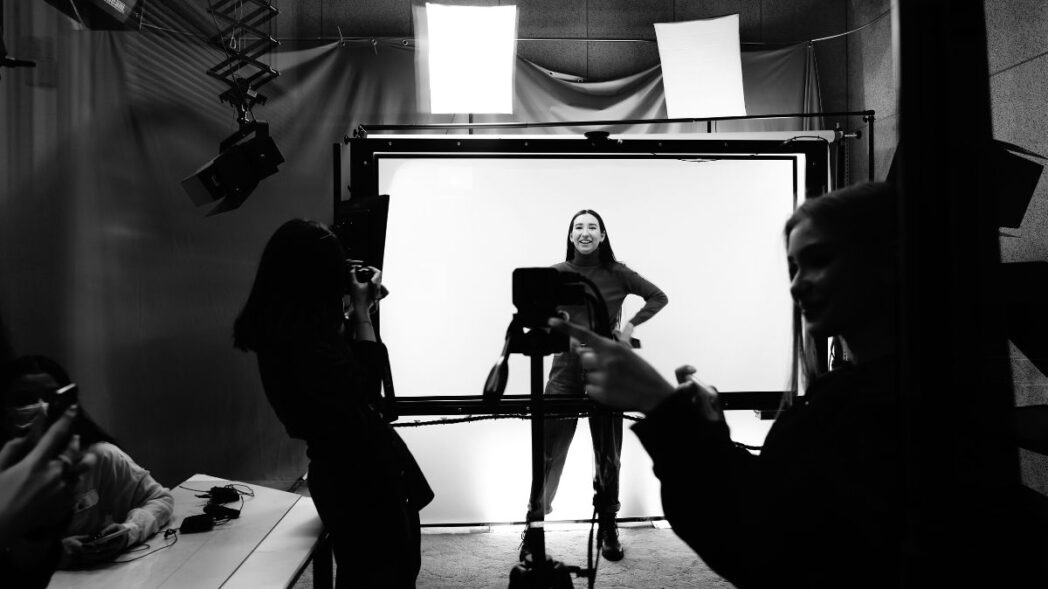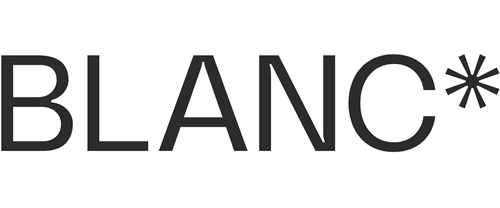Expansion Tips
Creating a lookbook that drives sales
A standout lookbook tells your brand’s story, captures attention, and drives real results. Here’s how to craft one that connects with buyers and turns interest into sales.
BLANC | Share

A fashion lookbook is a powerful tool for visual storytelling and brand representation in the fashion industry. If done well, it can be used in tradeshows, fashion shows and events to showcase your products, attract attention and ultimately drive sales.
It is a visual sales pitch, offering a glimpse into your brand’s identity, quality, and value. Whether you are debuting a new collection or looking to expand your retail network, creating a lookbook that resonates with your audience is key. Here’s a step-by-step guide to building a tradeshow lookbook that stands out and sells.
1. Know your audience
Before you start designing, it’s essential to understand your audience. If you are using it for a tradeshow, who are you targeting at the event? Are they buyers, partners, or industry professionals? Tailor your lookbook to meet their specific needs and interests. This will help you highlight the features that matter most to them—high-end design, practical functionality, or eco-friendly attributes.
2. Craft a strong brand story
Your lookbook is not just a product catalog; it’s a chance to tell your brand’s story. Buyers and partners connect with brands that stand for something, so make sure your narrative shines through. Share why your brand exists, the values that drive it, and what makes your products unique. A strong brand story will create an emotional connection and set the tone for everything that follows.
3. Use high-quality photography
Photography is one of the most critical elements of any lookbook. You want to show your products at their best, so invest in professional, high-resolution images that capture every detail. The lighting, background, and styling should all highlight your product’s quality and appeal. If possible, feature lifestyle shots demonstrating how the products can be used in real life, offering a context that helps buyers visualise them in their stores or customers wearing them.
4. Focus on key features
Each product in your lookbook should have a brief but compelling description. Highlight the key features that set your products apart from competitors. These could be anything from the materials used to design details, functionality, or even the ethical production process. Keep the language simple but persuasive, emphasising the unique selling points that will resonate most with potential buyers.
5. Organize for easy navigation
A lookbook that’s difficult to navigate won’t make a strong impression. Structure your lookbook logically, grouping similar items (by collection, product type, or target customer). A straightforward layout and easy-to-follow flow will keep readers engaged and make finding what they’re looking for easier.
6. Include testimonials, real-life case studies, or highlight celebrities spotted in your pieces
Including testimonials or case studies in your lookbook adds credibility and builds trust. If you have satisfied customers, successful partnerships, and celebrities who have worn your pieces, share their feedback. A few words from happy clients or a case study highlighting your product’s impact can significantly influence potential buyers, convincing them that your products are worth investing in.
7. Show products in action
One of the best ways to sell a product is by showcasing it in action. Include images or descriptions illustrating how your products are used in real-life scenarios. This could include styled shoots or behind-the-scenes glimpses into how your product fits into everyday life. By displaying your products in context, you help buyers envision them in their stores or lives.
8. Include contact information
Once a potential buyer expresses interest, it’s essential to facilitate their outreach. Provide clear contact information—whether it’s a phone number, email, or social media handle—so interested parties can easily follow up. If you’re showcasing at a tradeshow, ensure you direct them to your booth number or offer a call to action, such as “Visit us at booth #45” or “Contact us for exclusive offers.” If you are in a wholesale platform, include the link as well.
9. Ensure consistent branding
Your lookbook should reflect your brand’s aesthetic. Utilise the same fonts, colors, and design elements that are aligned with your other marketing materials. A cohesive design ensures your lookbook appears polished and professional, reinforcing the message you wish to convey.
10. Design for print and digital
Ensure your lookbook is versatile and can be shared in both print and digital formats. A printed lookbook is ideal for distribution at the tradeshow, while a digital version—whether a downloadable PDF or an online format—facilitates easy sharing with potential buyers who wish to revisit your products after the event.
Bonus tip!
It’s important to understand that a lookbook and a linesheet serve different purposes. A lookbook is a visual marketing asset, whereas a linesheet is a sales tool. It provides buyers with all the practical information they need to place wholesale orders, such as reference codes, available sizes and colours, order minimums, and delivery windows. With BLANC, your linesheet is just one click away; our platform generates it for you and makes it available for download. This way, you can concentrate on presenting your brand’s concept without wasting time on busy work.
A lookbook is more than just a visual catalog; it’s a powerful tool for attracting new buyers, expanding your network, and building relationships that foster growth. By understanding your audience, telling your brand story, using high-quality imagery, and ensuring easy navigation, you’ll create a lookbook that stands out and leaves a lasting impression. Whether in print or digital form, your lookbook should reflect your brand’s values, quality, and potential, helping you close sales and open new doors to opportunity.
